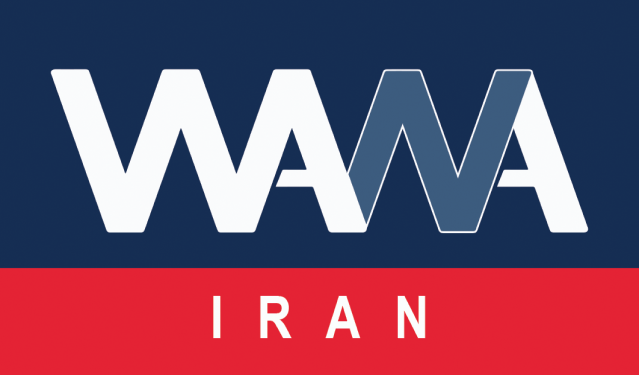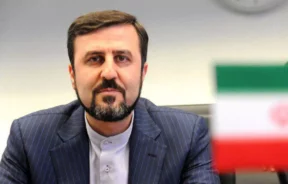Iranian Army Displays Power in Zolfaghar Drill
WANA (Feb 24) – The Iranian Army has conducted the Zolfaghar 2025 military drill, showcasing its integrated combat capabilities across land, sea, and air. The large-scale exercise involved ground forces, the navy, and the air force in coordinated operations to enhance rapid deployment, air defence, and precision strikes against simulated enemy targets.
Joint Military Operations and Rapid Deployment
According to Brigadier General Alireza Sheikh, spokesperson for the drill, various units from the southeastern region of the Army participated, including the 188th Armored Brigade, 223rd Rapid Reaction Brigade, 55th Airborne Brigade, 455th Combat Engineering Group, 55th Artillery Group, and 840th Missile Group. These forces provided direct support to the Navy through live-fire exercises with light and heavy weaponry.
A key focus of the drill was rapid deployment. The 55th Airborne Brigade, in coordination with the 223rd Rapid Reaction Brigade, was deployed swiftly to the exercise zone. This manoeuvre simulated immediate defence operations aimed at preventing enemy forces from advancing into the friendly territory before additional reinforcements arrived.
Missile and Drone Strikes Against Simulated Enemy
The exercise also featured the launch of advanced missile systems and unmanned aerial vehicles (UAVs). Among the weapons tested were:
- “Fath” missile (120 km range)
- “Fajr” missile (110 km range)
- “Arash-2” kamikaze drone
- “Ababil-4 and 5” attack drones
- “Mohajer-6” UAVs
These systems were used to strike designated enemy positions, expand the operational depth of the battlefield, and provide direct support to the Navy in neutralizing hostile forces at sea.
Enhanced Drone and Air Defense Operations
The drill emphasized the extensive use of reconnaissance, surveillance, and combat drones, integrating various UAV systems to enhance battlefield awareness and strike capabilities. The Army’s air defence units also played a critical role, employing:
- “Shahid Majid” air defence system
- “Misagh” shoulder-fired missile launchers
These systems were deployed to counter low-altitude aerial threats, ensuring robust protection against potential air attacks.
Armored Assault and Naval Cooperation
In a simulated ground-sea battle, the 188th Armored Brigade, supported by the 55th Airborne and 223rd Special Forces, launched a rapid assault. Using tanks, armoured personnel carriers (APCs), and coordinated air support, they forced enemy forces into the sea, securing the coastal region.
The Air Force also provided critical support, deploying Karar drones and F-4 fighter jets to assist ground units in their operations.
Strengthening Inter-Service Coordination
One of the key objectives of the drill was to enhance coordination between the Army’s ground and naval forces. This was achieved through:
- Long-range missile strikes, including the use of Fath and Fajr anti-tank missiles
- Helicopter operations, where Cobra attack helicopters conducted landings and takeoffs from Navy warships for rapid assault missions
Naval Support for Ground Force Mobility
The Navy played a crucial role in transporting ground force units and heavy equipment. Warships and fast attack boats facilitated the movement of tanks, armoured vehicles, drones, and helicopters, ensuring rapid deployment to strategic locations.












